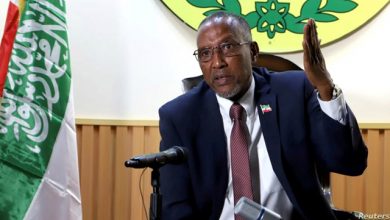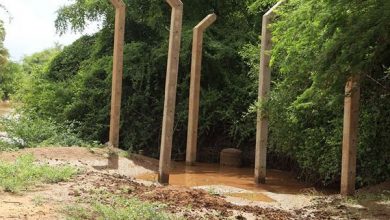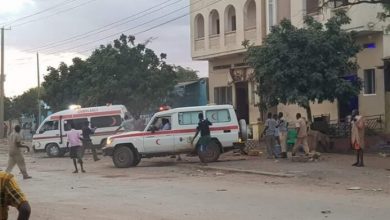Kenyan Troops Complicit With Al Shabaab Charcoal Exports Says UN
Kenya Defence Forces (KDF) units assigned to the African Union Mission in Somalia (Amisom) are complicit in the militant group Al Shabaab’s exports of charcoal, which earns the group about $10 million annually, a team of United Nations monitors claims in a new report.
Kenya Defence Forces (KDF) units assigned to the African Union Mission in Somalia (Amisom) are complicit in the militant group Al Shabaab’s exports of charcoal, which earns the group about $10 million annually, a team of United Nations monitors claims in a new report.
According to the UN, Al Shabaab ships charcoal from ports in southern Somalia where KDF units are stationed, Kenya’s Daily Nation reported on Monday.
“Amisom, whose KDF contingents remain deployed at the ports of Kismayu and Buur Gaabo, has neither assisted the Somali authorities in implementing the charcoal ban nor facilitated Monitoring Group access to charcoal exporting ports,” the report stated.
Poor implementation of the five-year-old UN Security Council ban “enables Al Shabaab financing and undermines counter-terrorism and counter-insurgency efforts in Somalia,” said the report.
As an example of Shabaab’s continuing ability to thwart counter-insurgency efforts, the UN team cited an attack on a KDF base at Kulbiyow on the Kenya-Somalia border that killed at least 67 Kenyan soldiers at the beginning of 2016.
Furthermore, over the past two years Al Shabaab militant attacks have left dozens of civilians and police officers dead.
And neither is this the first time the UN has accused the KDF of being complicit with Al Shabaab in regards to the charcoal export ban.
The UN’s Somalia and Eritrea Monitoring Group said last year that Kenyan troops assigned to Amisom were receiving $2 per bag of charcoal illegally shipped from the port of Kismayo.
The 2016 UN report stated that this complicity may have earned the Kenyan soldiers $12 million in proceeds.
In addition to this complicity Al Shabaab’s capture of sophisticated weaponry from Kenyan and Amisom bases has increased the ability of the jihadist group to further endanger Somalia’s security.
In January this year an attack by Al Shabaab on the KDF’s Kulbiyow base enabled the organisation to capture sophisticated weaponry, including a 105mm howitzer, an armoured personnel carrier, an 81mm mortar launcher and a heavy machine gun, the new report added.
Furthermore, the militants are reported to have used more powerful 120mm mortars, which are suspected of being seized from an Amisom Burundian base in 2015 during an attack on a joint Uganda-Somali National Army base at Baledogle.
In another worrisome sign of Al Shabaab’sincreasingly diversified arsenal, FBI laboratory analyses have shown that the insurgents are now using an ingredient in fertiliser to make vehicle-borne bombs, the UN team says.
“The potential use of home-made explosives by Al Shabaab would allow the group to rely less on the process of harvesting explosives from munitions, which is slow and labourious,” the monitoring team pointed out.
Weapons are also being illegally imported into Somalia via the country’s Puntland region aboard dhows sailing from Yemen and the Makran coast of Iran.
However, Iranian authorities strongly denied during a meeting in September with UN monitors that they were involved in a shipment of weapons to Somalia.
In addition to the money it earns from charcoal exports, Al Shabaab is also financing its operations partly through “taxes” it levies on vehicles travelling on roads it controls.
“Large trucks are usually taxed $1,000 with receipts issued by Al Shabaab to prevent double taxation at subsequent checkpoints,” the UN report outlined.
Other monthly fees earned by Al Shabaab range from $10 paid by market traders to as much as $70,000 paid by major companies.
Despite Somalia’s federal government warning businesses against getting involved with the militants financially, the inability of Mogadishu to fully monitor these payments restricts its abilities to effectively enforce its warnings.
Federal institutions likewise remain “incapable of addressing pervasive corruption,” the monitors observe.





